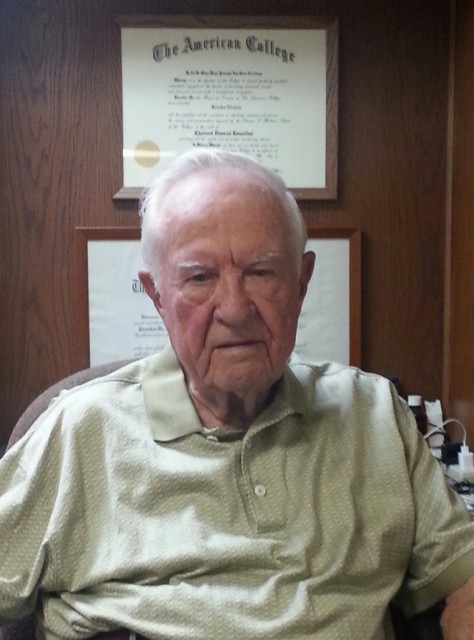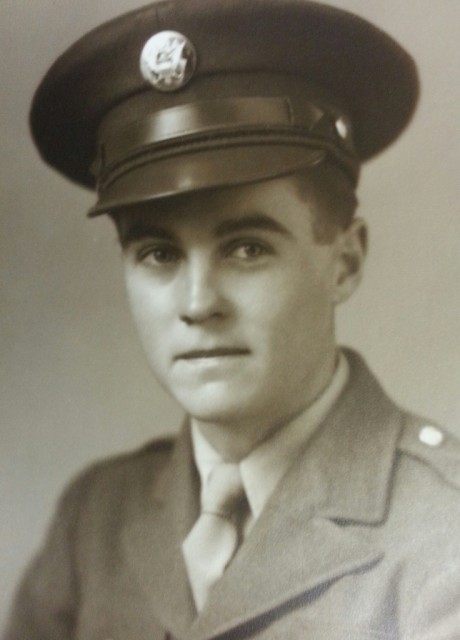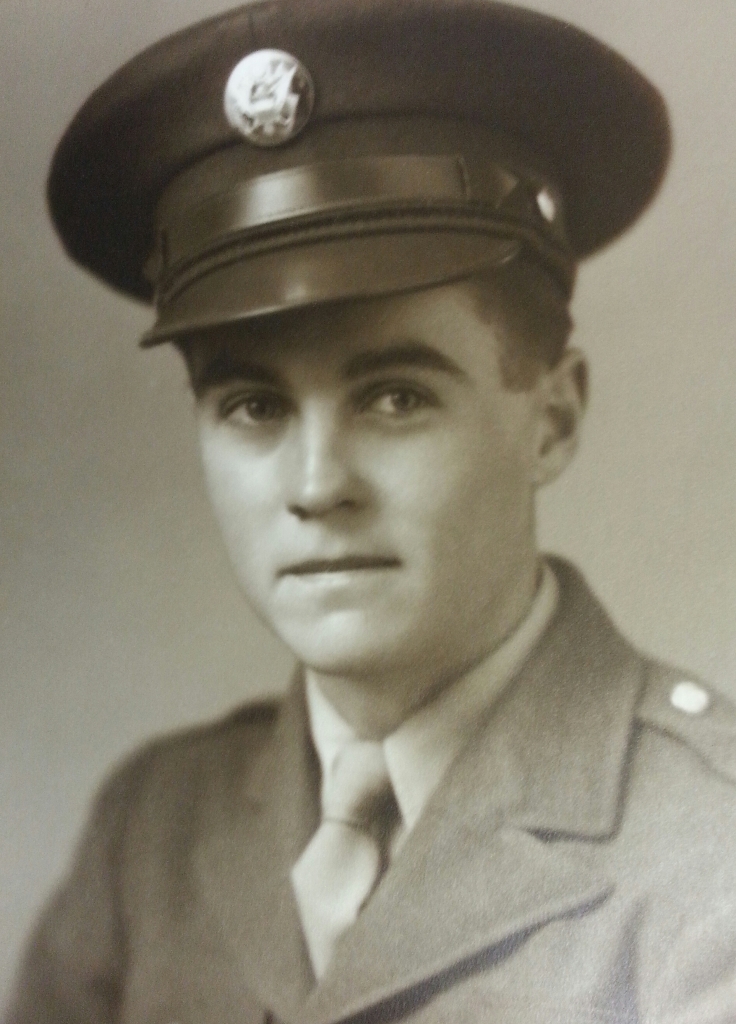Army veteran shares story of service in the Pacific during WWII
By Jeremy P. Ämick
When Brooks Nicklas graduated from a high school in Bernice, La., in 1941, he went on to gain experience in “camp life” by working for the Civilian Conservation Corps (CCC)—a relief program established by the federal government during the Great Depression.

While the start of World War II heralded the closure of CCC camps nationwide, thousands of draft-eligible men were released into the workforce, many possessing camp experience that would easily translate to military service.
“I wasn’t old enough to sign up for the military (when the CCC camp closed), so I went home and helped my dad on the farm,” said Nicklas, 90, Jefferson City, Mo. “I then got another job offer and went to work in Arkansas.”
Nicklas was married to his fiancée Joyce in 1942 and the couple had their first son the following year; but he soon discovered that the draft cycle continued to churn despite changing family dynamics.
“The (draft) notice came when my son was five months old,” he recalled.
Completing his basic training at Camp Adair, Oregon, Nicklas enjoyed a brief period of leave before reporting to the Army’s 81st Division in California, where he spent several months at two separate locations participating in amphibious training.
“We didn’t know if we were going to Europe or the Pacific,” Nicklas said, describing the two theaters of war raging overseas. “But with all the amphibious training we were getting, we figured it was going to be the South Pacific.”

In June 1944, Nicklas’ division traveled to Hawaii for several weeks of jungle training. From there, they loaded onto ships bound for Guadalcanal to practice their beach landings and assault tactics.
The soldiers, Nicklas explained, “were trained to go in (on beach landings) like Marines … we were Army Marines,” he grinned.
Their practice concluded when they boarded ships leaving for the island of Anguar (in the South Pacific), which had become the site of major conflict during the war.
“We arrived on September 17, 1944 with three regiments: the 321st was eventually pulled out and sent to Pelileu, the 323rd went to make a sweep of other islands and we stayed on Anguar,” Nicklas said.
Assigned to Company G, 322nd Infantry, Nicklas recalls battling with Japanese forces for 37 days, after which the Army operated as “clean-up” by ferreting out any remaining pockets of Japanese resistance on the island.
“An air base was being built for the B-24 bombers,” Nicklas said, “and we would guard the airbase at night to keep the Japanese out. (Japanese troops were known to strap mines on themselves, Nicklas added, and then detonate the explosives when near American troops.)
A few days after Christmas, Nicklas traveled to New Caledonia where the regiment underwent the process of replacing damaged equipment and addressing the dysentery issues plaguing many of the soldiers.
The young soldier also received the opportunity to serve as a pistol instructor in his new location, though short-lived as the regiment departed for the Philippines in late spring the following year to prepare for the assault planned against the Japanese mainland.
But as history observes, Japan surrendered on September 2, 1945, shortly after atomic bombs were dropped on Nagasaki and Hiroshima. A month after the surrender, Nicklas arrived in Japan as part of the occupational forces.
“I remember going all over the countryside and gathering weapons (surrendered by Japanese soldiers),” he said.
“We never had one minute of trouble with the Japanese after the peace was signed; they’d bring their weapons and put them on a table and we’d come by and collect them,” he added.
Nicklas returned to the United States and received his discharge in January 9, 1946, having attained the rank of staff sergeant.
The combat veteran returned to his home state of Louisiana and in later years became involved in the insurance and pension business. He relocated to Jefferson City, Mo., in 1965 to establish a new company, where he has since resided.
It has been an interesting journey from CCC camp to military camp and eventually a successful career in the civilian sector after the Army, said Nicklas, affirming that his experiences in the Pacific could easily have turned out much differently if not for a higher intervention.
“There was a time (on Anguar) when there was a bullet meant for me,” he said, “but it missed me by about an inch and killed the guy behind me … he never knew what hit him.”
He paused, adding, “I got some awful close calls, but the Lord helped me out of it all, I guess.”
Jeremy P. Ämick writes on behalf of the Silver Star Families of America.
Jeremy P. Amick
Public Affairs Officer
Silver Star Families of America
www.silverstarfamilies.org
Cell: (573) 230-7456
